Disclosure: This article contains affiliate links. We may earn a commission from purchases at no extra cost to you, which helps our travel content.
Let me tell you straight up – Jakarta's a proper beast of a city. Seventeen million people, traffic that'll make your nan have a meltdown, and more motorbikes than you can shake a stick at. First time I landed here, fresh off the plane from Bali's surf paradise, I nearly did a runner back to the airport. But after a week of navigating this concrete jungle on a shoestring budget, I've cracked the code to moving through Indonesia's capital without losing your mind (or your wallet). Whether you're here hustling for business or just passing through to greener pastures, this guide's got your back.
The Airport Hustle: Surviving Soekarno-Hatta
Landing at Soekarno-Hatta is your first test. This sprawling airport sits about 20km from central Jakarta, and how you tackle this initial journey sets the tone for your entire visit.
Forget those dodgy airport taxis with their 'special tourist prices' (translation: daylight robbery). Instead, download the Grab app before you even leave home. It's Southeast Asia's Uber and your absolute lifeline. The app works on minimal data, shows prices upfront, and the drivers actually know where they're going – revolutionary, innit?
If you're proper skint like I was on my first visit, there's the DAMRI airport bus for around 40,000 IDR (about £2). These big blue buses leave from outside all terminals and hit major points across the city. They're dead reliable, air-conditioned, and give you a chance to peep the cityscape as you roll in.
For the business types on expense accounts, the airport now has a proper train link too. The Airport Rail Link connects to Jakarta's central stations and costs about 70,000 IDR (£3.50). Absolutely worth it during rush hour when the roads look like carparks with angry horns.
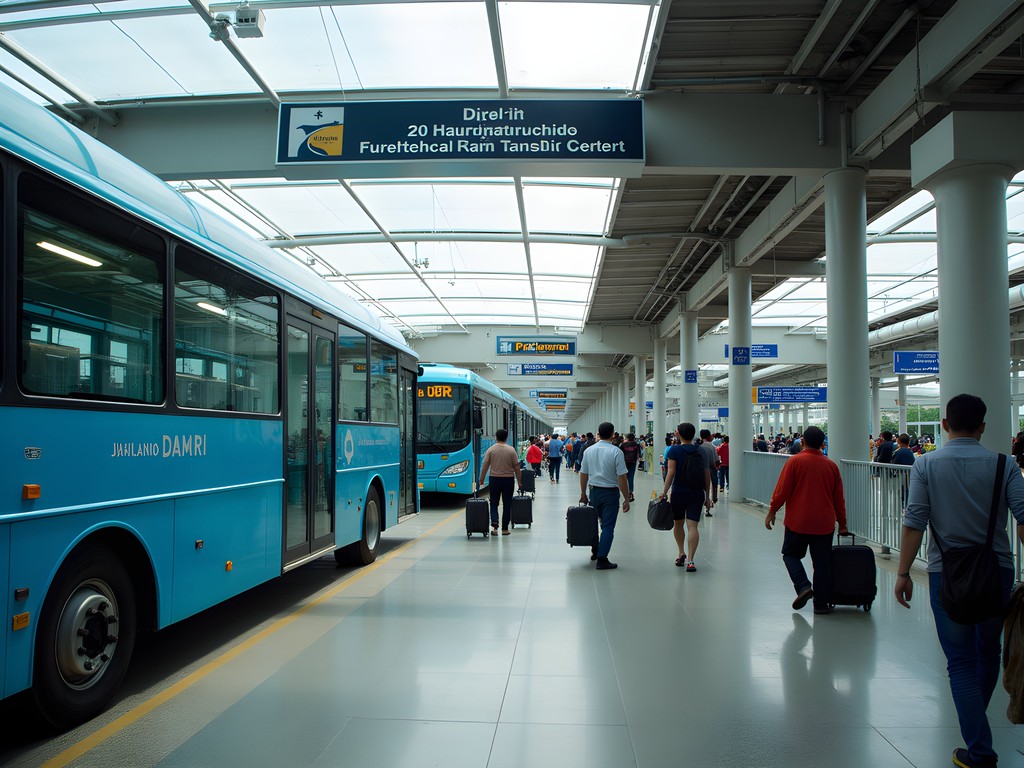
💡 Pro Tips
- Pre-download Grab and GoJek apps before arrival – airport WiFi can be spotty
- Keep small IDR notes for DAMRI buses as drivers rarely have change
- The train is fastest during weekday rush hours (7-9am and 4-7pm)
Ojeks & GoJek: Your Motorbike Salvation
Listen up, because this is the absolute game-changer for Jakarta: motorbike taxis, or 'ojeks' as the locals call them. In a city where traffic moves slower than my nan after Christmas dinner, these two-wheeled wizards are your ticket to actually making that meeting on time.
The traditional way is flagging down a random bloke in an orange vest, but the 21st century version is using the GoJek app – Indonesia's homegrown super-app that'll sort you with rides, food delivery, massages, and probably your taxes if you ask nicely. The app's dead simple to use and ridiculously cheap – most cross-city rides cost me under £1.50.
First time I hopped on the back of an ojek, I was bricking it. The driver weaved through gaps I swear didn't exist, occasionally mounting pavements and going the wrong way down one-way streets. But here's the mad thing – it works. A journey that would take an hour in a taxi took 15 minutes. Just make sure you've got a pollution mask because Jakarta's air isn't exactly mountain fresh, and the exhaust fumes hit different when you're in the thick of it.
For the business traveler with meetings across town, this is your secret weapon. Keep a shirt in your bag, wear the mask, and you'll arrive on time while your competitors sit fuming in taxis. Just maybe don't tell your insurance company how you're getting about.
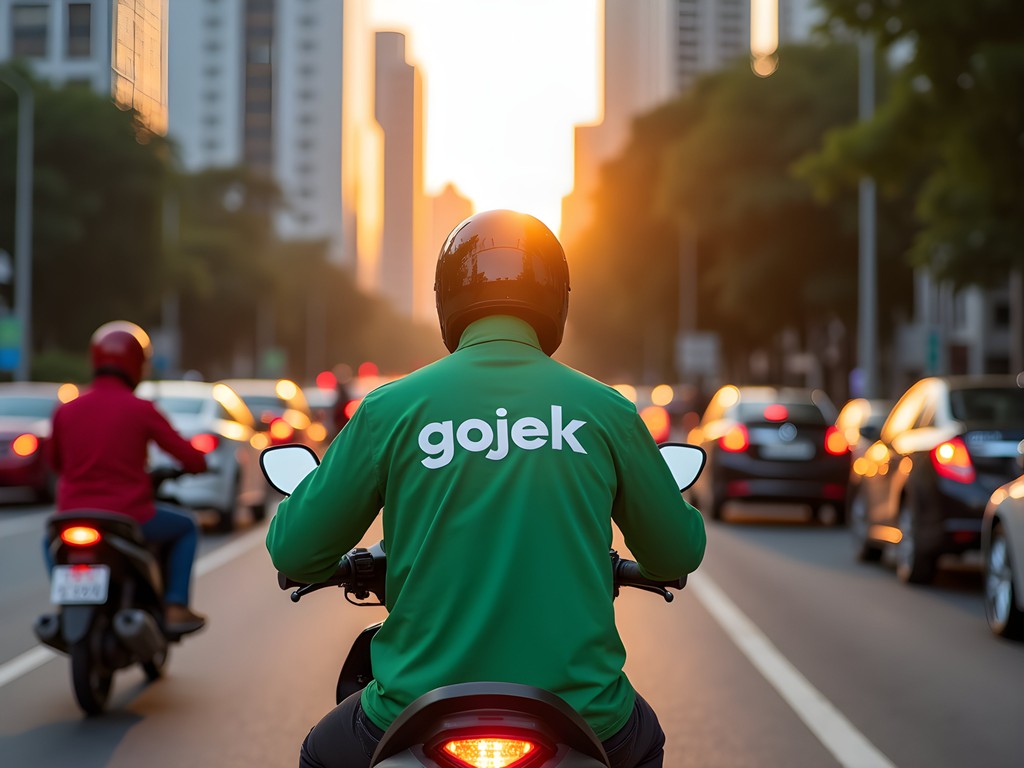
💡 Pro Tips
- Hold your phone in your pocket, not openly, when on the back of ojeks
- Learn to say 'pelan-pelan' (slowly please) and 'hati-hati' (be careful)
- Wear your own helmet if possible – the provided ones rarely fit westerners
TransJakarta: The Bus Network That Actually Works
Now, I'm a Liverpool lad, so I know a thing or two about dodgy bus systems. But Jakarta's TransJakarta? Proper impressive, that. It's a network of dedicated bus lanes that slice through the city's traffic like a hot knife through butter.
The buses are these massive red beasts that run on their own lanes – actual proper lanes that cars can't use. Revolutionary concept, right? A single journey costs 3,500 IDR (about 18p) regardless of distance, making it the best value transport in the entire city. You need a tap card to use them, available at any station for about 40,000 IDR with some preloaded credit.
The stations are elevated above the road, connected by pedestrian bridges, which means you're not playing human Frogger trying to cross Jakarta's mental streets. Inside, they're air-conditioned (crucial in this sweatbox of a city) and usually not too rammed outside peak hours.
I used these buses daily during my week in Jakarta, and they're surprisingly reliable. The network covers most of the business districts and tourist spots, with digital displays showing when the next bus arrives. Pro tip: download the TransJakarta app, which gives you real-time updates on bus locations – dead useful when you're trying to make that morning meeting.
For keeping organized while hopping between buses and meetings, I never leave my accommodation without my travel organizer to keep all my cards, cash, and tech bits sorted. When you're sweating in 34-degree heat, the last thing you need is to be fumbling for your bus card.
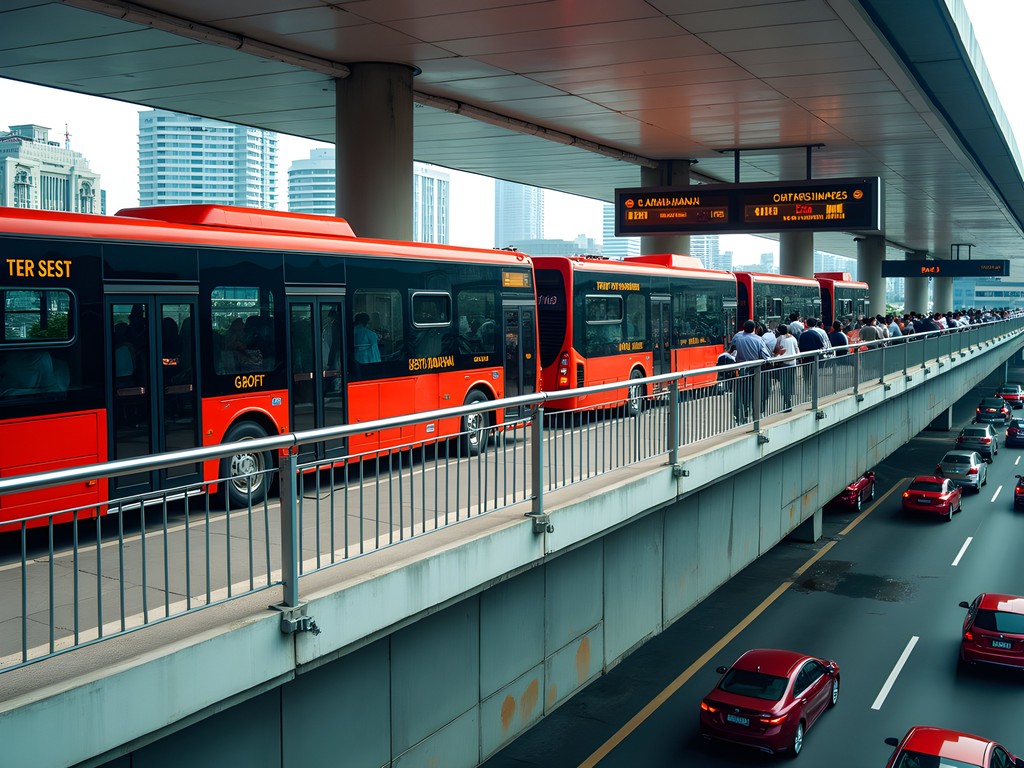
💡 Pro Tips
- Get the TransJakarta app for real-time bus tracking
- Avoid the 7-9am and 5-7pm crush unless absolutely necessary
- Women can use the special ladies-only section at the front of the bus
MRT & Commuter Trains: Jakarta's Newest Transport Flex
Jakarta's finally joined the 21st century with its spanking new MRT system, and it's a proper game-changer. Opened in 2019, this underground/elevated train currently only covers a single north-south line, but it's expanding faster than my waistline after discovering Indonesian food.
The stations are all gleaming marble and glass – wouldn't look out of place in Singapore – and the trains are dead punctual. For business travelers, this is your express route between the central business district (Sudirman) and the more upmarket southern areas like Blok M and Lebak Bulus. Fares start at 5,000 IDR (25p) and max out at about 14,000 IDR (70p) for end-to-end.
Then there's the older commuter trains (KRL Commuterline), which are more extensive but a bit rough around the edges. These are your budget option for reaching Jakarta's outer suburbs and neighboring cities. They're packed during rush hour – and when I say packed, I mean 'question your life choices' packed. But at 3,000-9,000 IDR per journey, you can't argue with the price.
For both systems, you'll need a top-up card. I use the Multi-trip e-money card which works across all Jakarta's public transport. Dead handy for not ending up with seventeen different travel cards.
If you're planning to use trains regularly, especially during Jakarta's biblical downpours, grab yourself a quick-dry travel towel. Those sudden tropical storms can leave you soaked in seconds, and nothing says 'unprofessional' like dripping all over the boardroom.
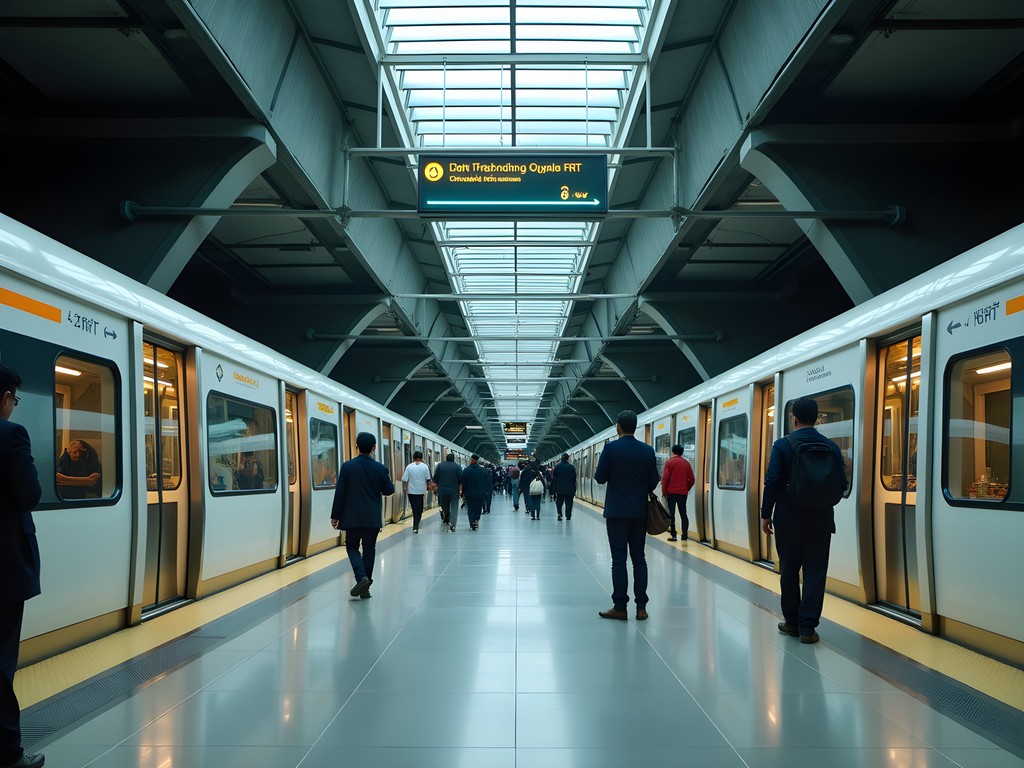
💡 Pro Tips
- Stand on the left, walk on the right on MRT escalators – they're strict about this
- Download the Commuter Line app for KRL train schedules
- MRT trains stop running at 12am, while KRL services end earlier around 10pm
Taxis & Ride-Hailing: When Comfort Trumps Adventure
Some days in Jakarta, especially after you've been marinating in your own sweat for hours, you just want the blessed relief of air conditioning and personal space. That's when taxis and car ride-hailing services come into their own.
Bluebird is the only taxi company I trust here – they're the blue taxis you'll see everywhere. They always use the meter (starting at 7,500 IDR), the drivers don't try to sell you their cousin's batik shop, and the cars actually have functioning seatbelts (a novelty in these parts).
But even better than street-hailing is using the Grab or GoJek apps for cars. The prices are fixed upfront, the cars are usually newer, and you don't have to attempt to pronounce Indonesian street names – just drop a pin and you're sorted. During my week here, I found Grab slightly cheaper for cars, while GoJek was better for motorbikes.
If you're a business traveler with meetings across town, consider booking a car for a few hours. Both apps offer this option, and it's cheaper than taking separate rides. My GoJek driver Pak Andi became my unofficial tour guide, waiting patiently while I popped into meetings and showing me local lunch spots between appointments.
For keeping cool in Jakarta's relentless heat while waiting for your ride, I swear by my portable fan. Looks a bit daft, but when you're standing on a street corner in 90% humidity, you'll be too grateful to care what the locals think of you.
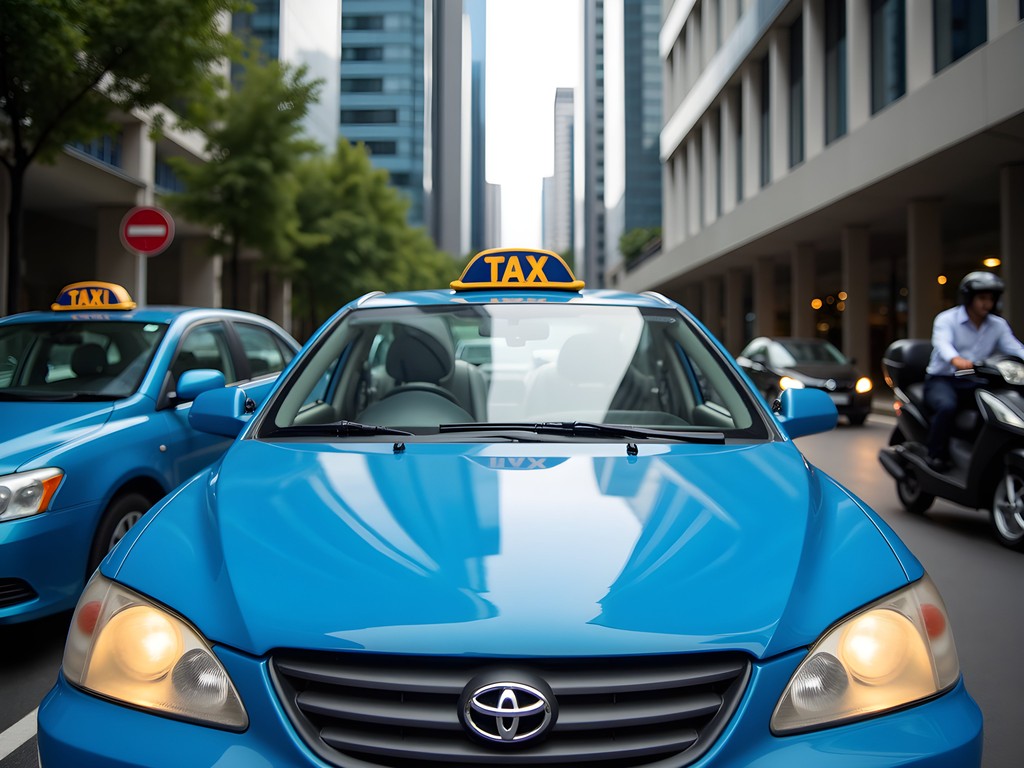
💡 Pro Tips
- Always check that your driver matches the profile picture in the app
- Set your pickup point away from main roads during rush hour – drivers can't stop on major thoroughfares
- Use the 'share trip' feature in Grab/GoJek so someone knows your whereabouts
Bajaj & Angkot: Budget Transport for the Brave
If you're proper skint like I was on my first Jakarta visit, or just fancy a transport experience that'll give you stories for the pub back home, Jakarta's got you covered with its more... let's say 'characterful' options.
Bajajs are these tiny three-wheeled orange nightmares that sound like a chainsaw having an argument with a blender. They've got no doors, questionable brakes, and drivers who seem to have a death wish – but they're dirt cheap and can squeeze through gaps that even motorbikes think twice about. Haggle hard before getting in (aim for about 15,000-25,000 IDR for short trips) and hold onto your belongings for dear life.
Then there's angkots – small vans that run set routes around the city. These are the true budget option at around 4,000 IDR per ride, but they're not for the faint-hearted. No air-con, no fixed stops (just wave them down and yell when you want off), and they're usually packed tighter than a Liverpool nightclub on Saturday. I tried one just for the experience and ended up wedged between a woman with a cage of live chickens and a bloke who was definitely using me as a pillow.
Neither option is particularly practical for business travelers unless you're really trying to impress clients with your local knowledge. But for the adventurous souls, they offer a glimpse into everyday Jakarta life that you won't get from the sanitized comfort of the MRT.
If you do brave these options, keep your anti-theft sling bag close to your chest. It's slash-proof and has locking zippers, which gives you one less thing to worry about while you're questioning your life choices in a vehicle that predates Indonesian independence.
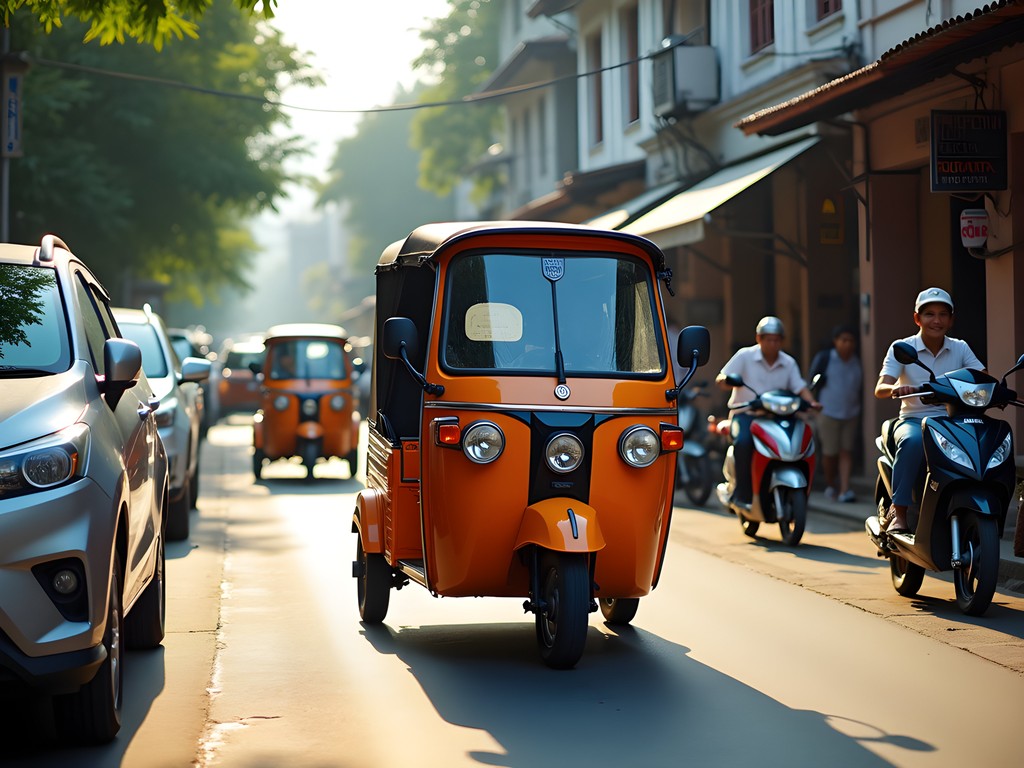
💡 Pro Tips
- Learn the numbers 5,000 through 50,000 in Indonesian to help with bajaj price negotiations
- For angkots, ask locals which number serves your route – there's no official map
- Keep a handkerchief handy for the inevitable dust and exhaust fumes
Final Thoughts
Jakarta's transport system is like the city itself – chaotic, slightly mad, but somehow functional once you crack the code. After a week navigating everything from sleek MRT trains to death-wish bajajs, I've got a proper respect for how Jakartans move through their concrete jungle every day.
For business travelers, your best bet is a combo approach: GoJek motorbikes for beating the traffic to important meetings, TransJakarta or MRT for longer journeys when you've got time, and Grab cars when you need that blessed air-con and a moment of peace. Download all three apps (Grab, GoJek, TransJakarta), get yourself an e-money card, and you'll be sorted.
The city's a proper beast, but there's something satisfying about mastering its transport maze. You'll go from confused tourist to confident navigator faster than you'd think. And when you're zipping through gridlocked traffic on the back of an ojek while suited executives sit fuming in their cars, you'll feel like you've unlocked a secret level of travel expertise.
So go on, dive in. Jakarta's transport might test your patience, but it'll never be boring. And isn't that what travel's all about?
✨ Key Takeaways
- Apps are essential – download Grab, GoJek and TransJakarta before arriving
- Motorbike taxis (ojeks) are the fastest way around during Jakarta's infamous traffic jams
- TransJakarta's dedicated bus lanes offer the best value for money
- The new MRT system is clean, efficient and perfect for business district travel
- Always factor in at least double your expected travel time for important meetings
📋 Practical Information
Best Time to Visit
year-round (dry season May-September preferred)
Budget Estimate
$30-50/day including transportation
Recommended Duration
3-5 days for business, 1-2 days for tourists
Difficulty Level
Intermediate

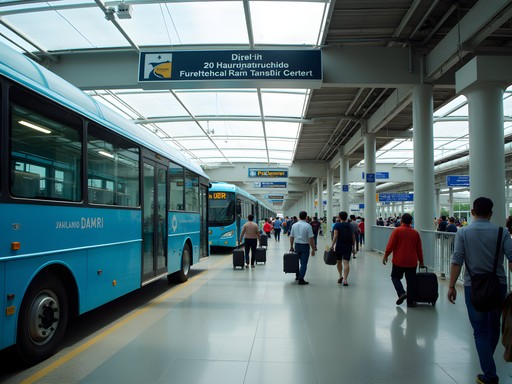

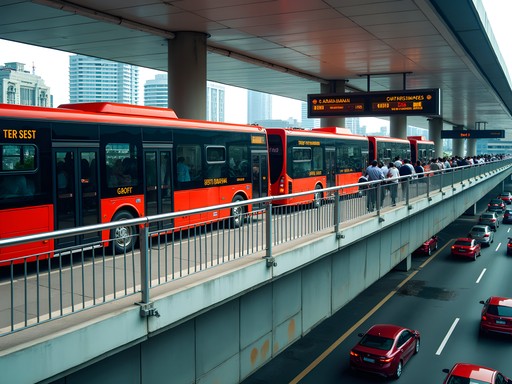
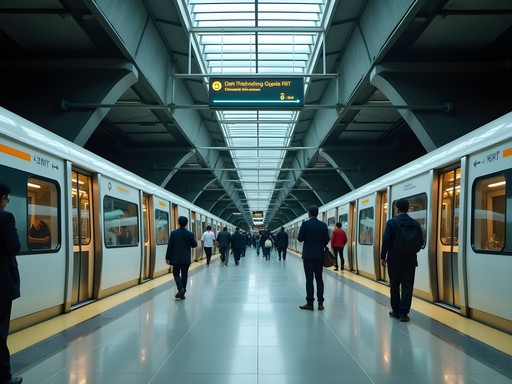
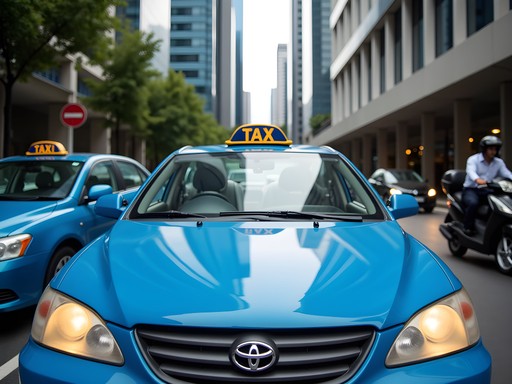
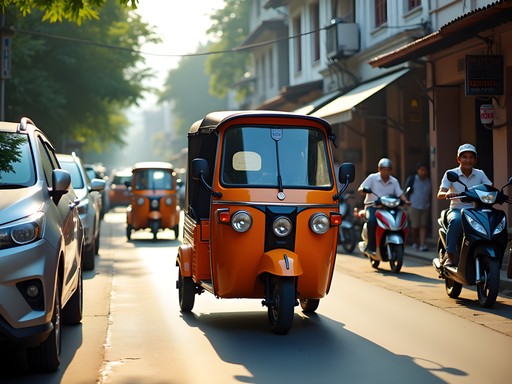


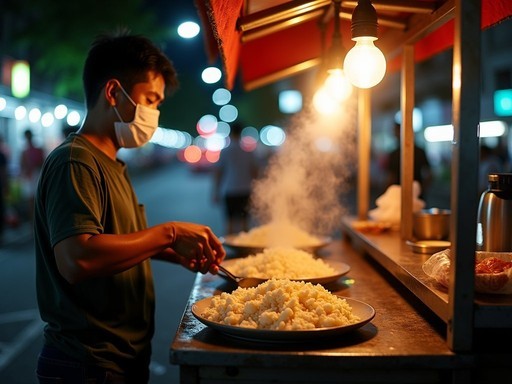
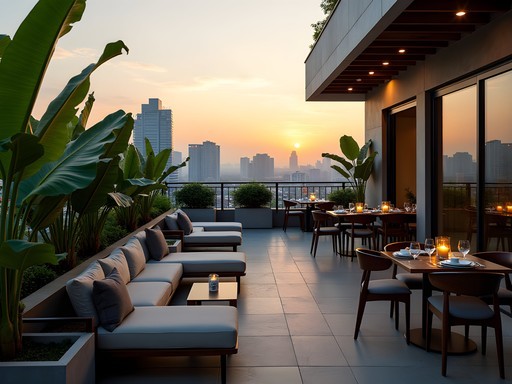
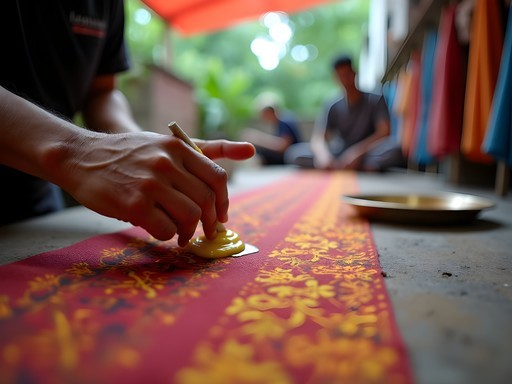
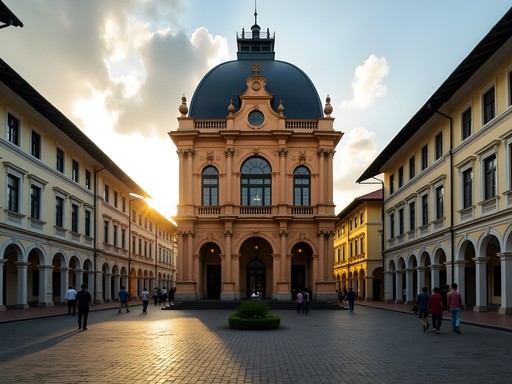
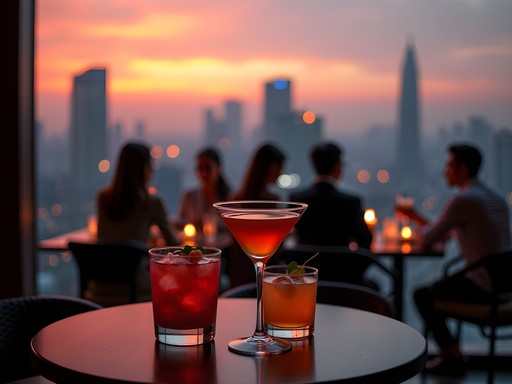
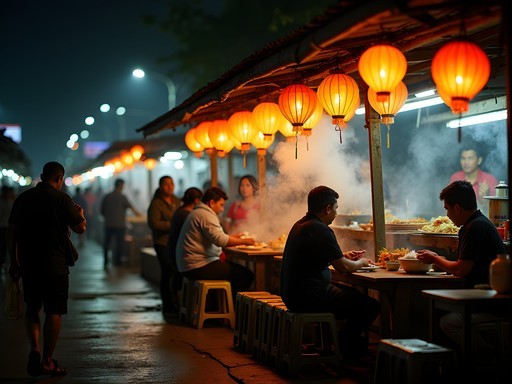

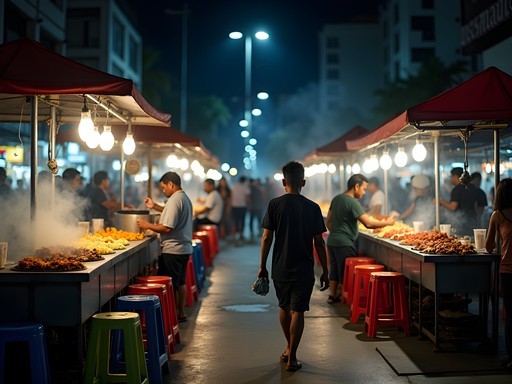
Comments
TravelBug22
Going to Jakarta next month! Is it worth getting a local SIM card or can I just rely on hotel WiFi?
Hunter Thompson
Definitely get a SIM! You'll need data for GoJek and Grab to get around. Hotel WiFi won't help when you're lost in some random neighborhood at 10pm 😅
TravelBug22
Thanks for the advice! Will sort one at the airport then.
dreamstar
Just got back from Jakarta last week and this guide would've saved me so much hassle! First day I made the mistake of taking a regular taxi from the airport and got stuck in traffic for nearly 2 hours 😭 Switched to GoJek after that and it changed everything. The app is super easy to use even if you don't speak Indonesian. One thing I'd add - if you're staying for more than a few days, get yourself a prepaid SIM card at the airport. You'll need reliable data for all the transport apps. The TransJakarta buses are a great way to see the city too - just avoid rush hour unless you enjoy being packed like sardines!
JakartaExplorer
So true about rush hour! I made that mistake once and never again 😂
dreamstar
It was a proper education in personal space (or lack thereof)! 🙈
Hunter Thompson
Mate, this guide is bang on! I was in Jakarta last month and the traffic nearly broke me. Ended up living on GoJek for a week - those drivers are absolute ninjas weaving through traffic. One legend took me from Menteng to Kemang in 20 mins during rush hour! The TransJakarta buses are actually decent too once you figure out the routes. One tip I'd add - download the offline Google Maps for Jakarta before you arrive. The mobile signal can be proper sketchy in some areas, and you don't want to be stuck in some random kampung with no idea where you are! 😂
dreamstar
Did you try the MRT? I heard it's super clean compared to the rest of the city!
Hunter Thompson
Yeah! The MRT was mint - proper clean and efficient. Only downside is it doesn't cover much of the city yet. Definitely the best option if you're going anywhere along that north-south line though!
sunsetbuddy
MRT is the way to go! Super clean and efficient.
Taylor Moreau
Excellent guide, Caleb. As someone who travels to Jakarta regularly for business, I'd add that the language barrier can be challenging when using public transport. I've found that having a translation app with Indonesian downloaded for offline use is essential. For business travelers with tight schedules, I sometimes book a driver for the day through my hotel - costs around $50-70 USD but saves tremendous time and stress. The new airport train connection has been a game-changer though - cuts through traffic completely and drops you at BNI City station where you can connect to other transport.
Sophia Gomez
Caleb, this guide is spot on! I was in Jakarta for a week-long business conference and the TransJakarta bus system became my best friend. The dedicated lanes really do make a difference when you're watching traffic crawl beside you. One tip I'd add - if you're staying near Sudirman or Thamrin, the pedestrian bridges between malls are lifesavers for avoiding street crossings in the heat. Also found that scheduling meetings between 10-11am or 2-3pm helped dodge the worst traffic. The MRT is super clean but limited in reach - hopefully they expand it soon!
JakartaFan88
Those pedestrian bridges are the best kept secret! I lived in Jakarta for 3 years and the air-conditioned walkways between malls saved me countless times during rainy season.
Sophia Gomez
Right? I was so grateful for them! Did you ever try the commuter trains? I was curious but stuck to buses and ojeks during my trip.
JakartaFan88
The commuter trains are decent for longer trips to the suburbs but super packed during rush hour. Fine if you're not in a hurry and want to save money. TransJakarta is more reliable for business travelers IMO.
winternomad
This guide is a lifesaver! Heading to Jakarta next month and was honestly dreading the transport situation. The ojek tips are gold!
Sophia Gomez
You're going to love the ojeks! I was in Jakarta for a business trip last quarter and they saved me from missing multiple meetings. Just download the GoJek app before you arrive - the traffic is no joke!
winternomad
Thanks for the tip! Is the app easy to use for non-Indonesian speakers?
Sophia Gomez
Super easy! English interface option and you can set your pickup/dropoff points on the map. Most drivers know basic English phrases too. Just keep a portable charger with you because the app drains battery when you're using it all day!
worldwanderer22
Those traffic photos give me anxiety just looking at them 😂
greenway
Any recommendations on which area to stay in to have decent access to public transport? First time visitor and the city looks massive!
Caleb Davis
Central Jakarta near Sudirman or Thamrin is your best bet - close to both MRT and TransJakarta lines. Menteng is nice if you want something a bit quieter but still connected.
travelbug_anita
Going to Jakarta in November! Is GoJek safe for solo female travelers? And do the drivers speak any English?
exploremate
Used it solo as a woman and felt totally safe! Most drivers know basic English phrases, but having your destination saved in the app helps. They're tracked by GPS too which is reassuring.
travelbug_anita
That's great to hear, thanks so much! Feeling more confident about my trip now.
Venture X
Premium card with 2X miles, $300 travel credit, Priority Pass